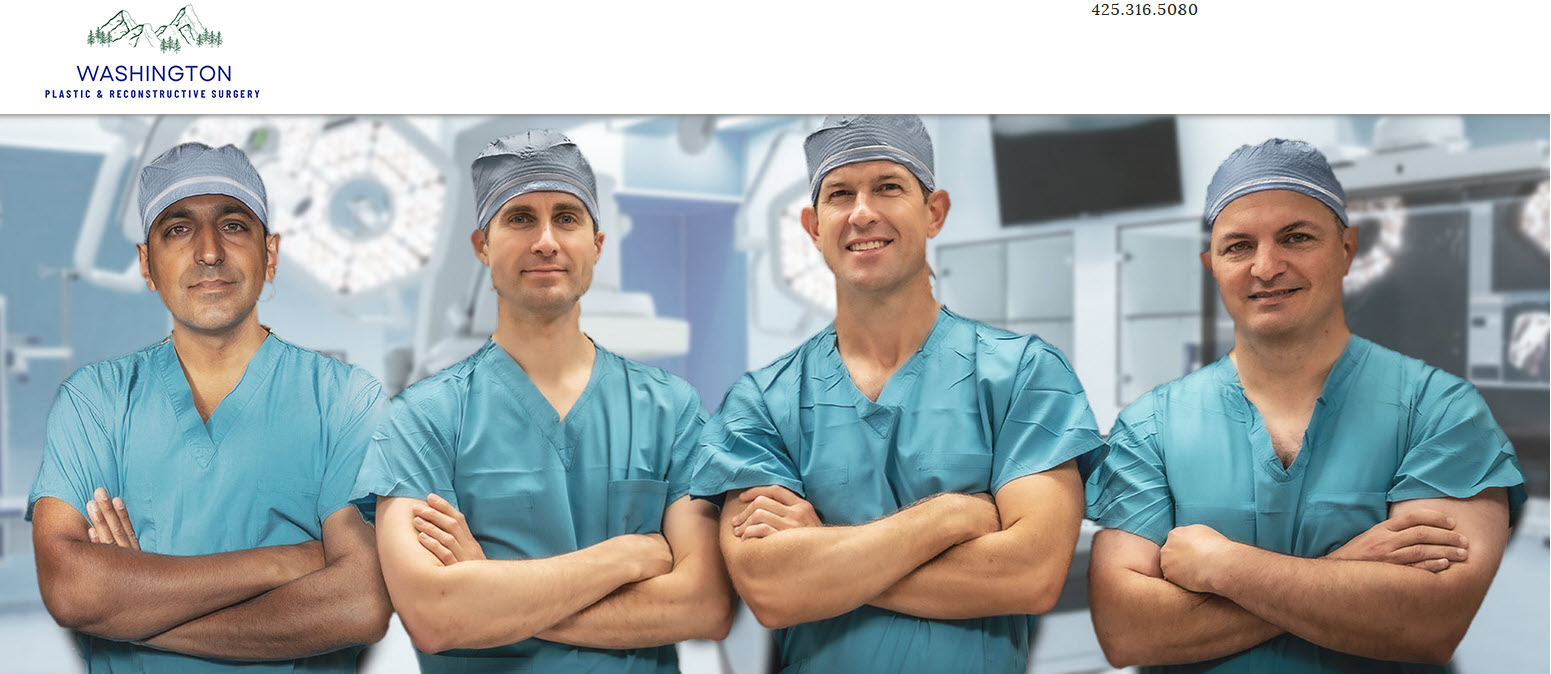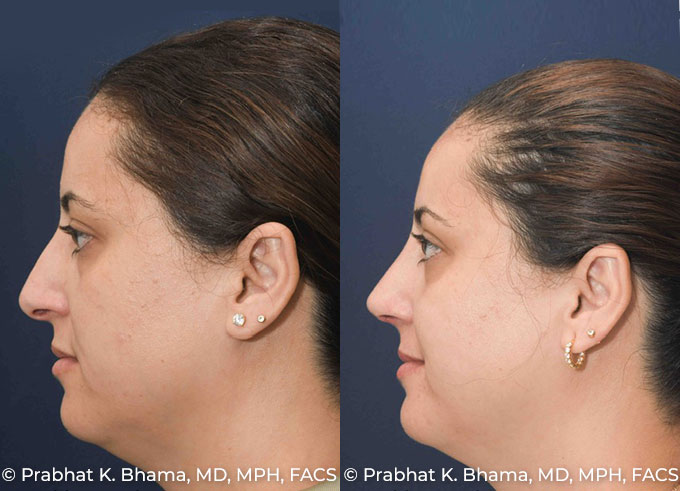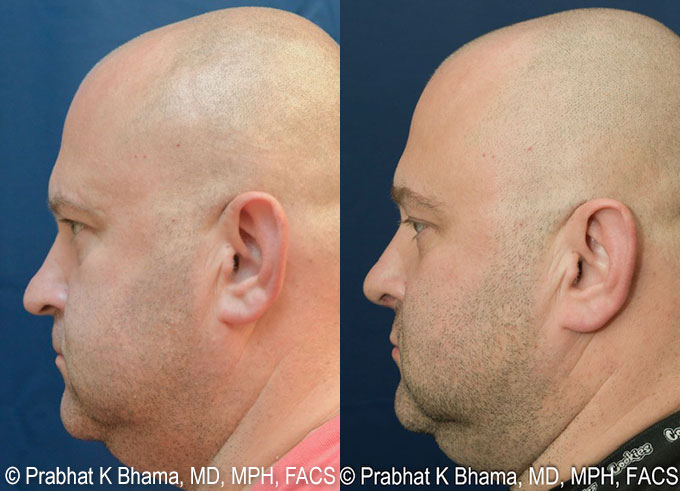Rhinoplasty in Seattle WA
Rhinoplasty Surgery
Rhinoplasty, often referred to as a "nose job," is a type of plastic surgery that is performed to alter the shape, size, or functionality of the nose. The procedure can be used to resolve both aesthetic and medical issues and is recognized as one of the most common types of plastic surgeries worldwide. Aesthetic changes might include altering the size of the nostrils, smoothing a hump on the bridge, or adjusting the angle between the nose and the upper lip.
Medical reasons for rhinoplasty can range from correcting birth defects to improving breathing difficulties. For instance, a deviated septum, which can obstruct airflow and cause difficulties in breathing, can be adjusted during rhinoplasty to create a clear airway. It's a serious surgery that requires anesthesia, and recovery time can vary from person to person, often taking several weeks. Deciding on rhinoplasty involves careful consideration and consultation with a trained surgeon who can effectively address individual patient requirements and potential concerns.


